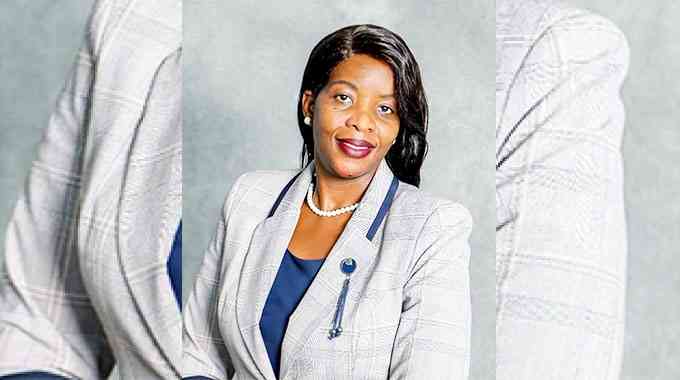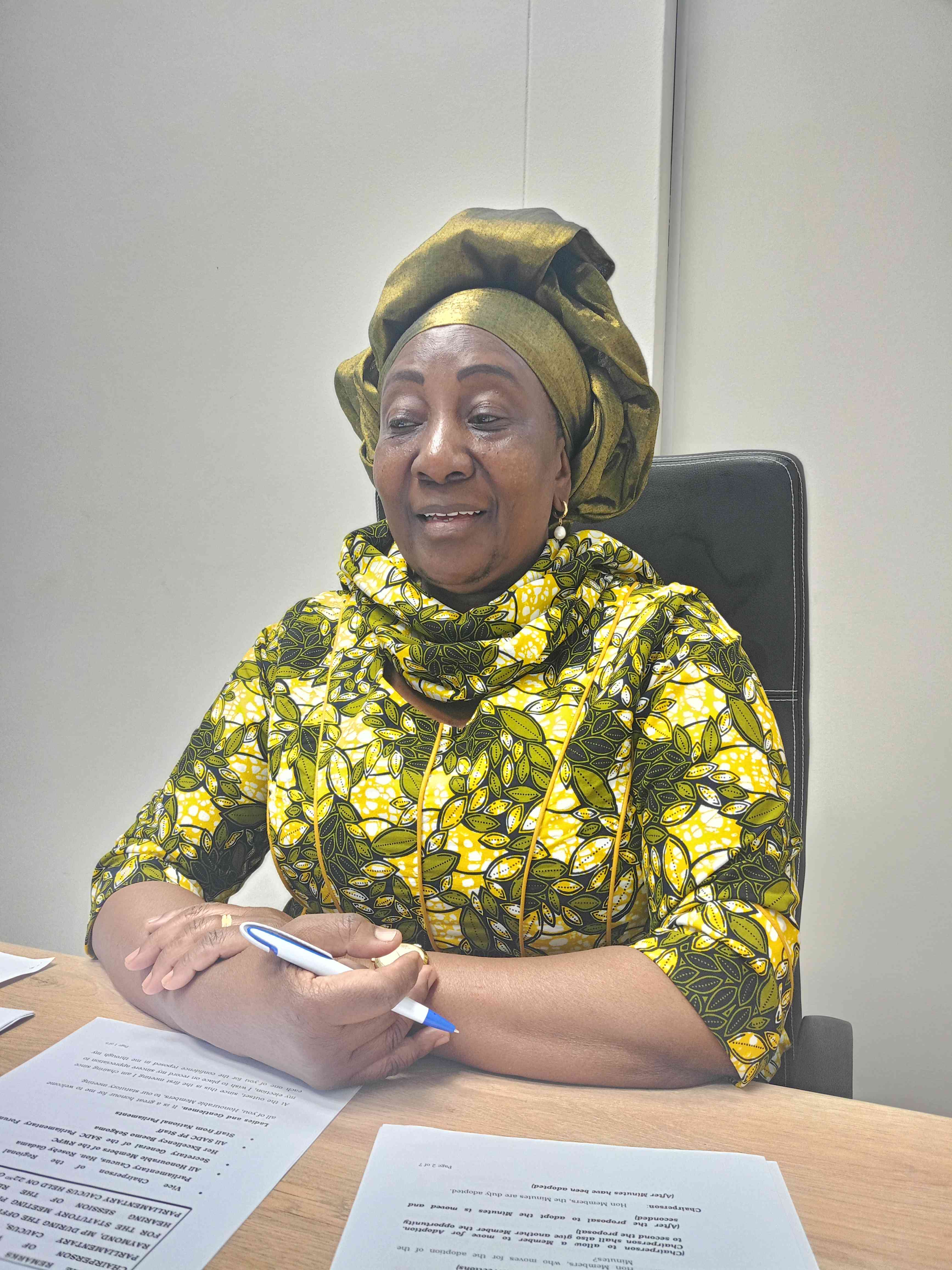
THE Grain Millers Association of Zimbabwe (GMAZ) has dispatched a team to Brazil to source 400 000 metric tonnes of white and yellow maize as the country battles to combat the effects of the El Niño-induced drought.
President Emmerson Mnangagwa last month declared the drought a state of national disaster in a bid to marshal resources from aid agencies and development partners.
Cabinet on Tuesday revealed that more than half of the country’s population will require food assistance, and revised its appeal for aid to US$3 billion.
Zimbabwe’s population stands at 15 178 979, according to the 2022 census conducted by the Zimbabwe National Statistical Agency.
NewsDay yesterday learnt that the GMAZ trade mission delegation is currently in Sao Paulo, Brazil, to meet white and yellow maize suppliers.
The 20-member private sector business delegation is being led by GMAZ chairperson Tafadzwa Musarara.
Musarara said they had gone to source maize to cover September 2024 to August 2025.
“We are aiming to procureand secure circa 400 000 metric tonnes supply arrangement covering September 2024 to August 2025,” he said.
- Zimbabwe millers seek to fend off grain crisis
- Maize shortage a result of politicisation of inputs
- Zim to get Malawi maize this monthend
- Zimbabwe millers seek to fend off grain crisis
Keep Reading
“This maize will complement our current supplies from local farmers and ongoing imports from South Africa.”
Information minister Jenfan Muswere on Tuesday said the private sector was expected to import stockfeed requirements of 400 000 tonnes, and 450 000 tonnes of maize for urban requirements by March 2025.
Government said people in the rural areas would be given 22,5kg of maize per person for three months, with another portion coming in the fourth month so that they do not run out of supplies.
Those in the urban areas will benefit from cash transfers to cater for their mealie-meal requirements as part of efforts to prevent hunger-related deaths.
The United Nations Children’s Fund on Monday launched an urgent appeal for US$84,9 million to fund its emergency response aimed at assisting children and women affected by the El Niño crisis in Zimbabwe.
This funding will provide life-saving interventions to 1,34 million people, including 866 000 children, amid a complex humanitarian crisis made worse by water and food shortages.











